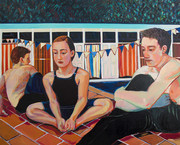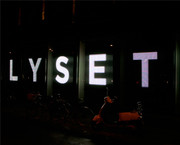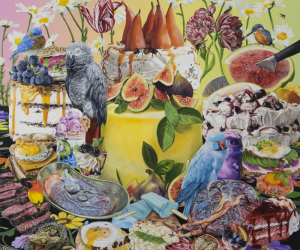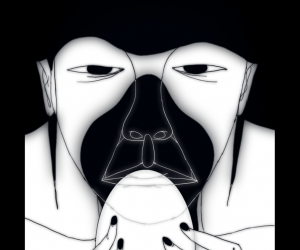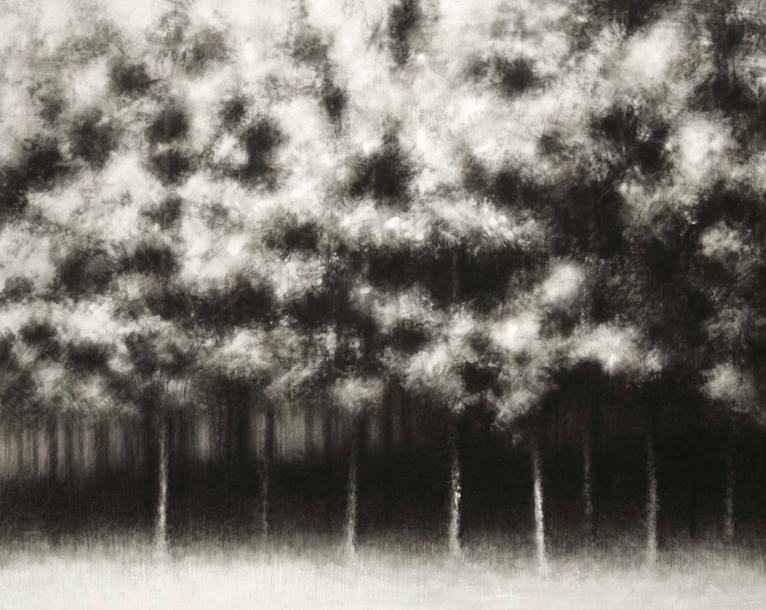
Danja Akulin – Penumbra
Posted by Fabio 12 June 2012
The word penumbra is often rendered “half-light,” but the Latin origin paene umbra literally means “almost shadow.” In between the shadow and the light there is a zone through which we may see what is in the penumbra, but we see it with a darkened hue, and it is problematic to say whether it is illuminated or not.
In his work Danja Akulin is able to cast light into what is but a partially illuminated landscape. In the way he masters the light he is able to visually translate emotions and thoughts within the duality of darkness and brightness. The more obscure the landscape, the less light is needed for the mysteries that are either hidden or obvious to our eyes, and vice versa. This metaphor accounts for the fact that weak and unimportant feelings might easily resurface, while other strong ones might live in perpetual obscurity: A dim light cast into near darkness stands out more than bright light in full sun. And yet, Akulin in his paintings insists that all illumination has its share of darkness: “Light can be dark too.” Artists, while providing illumination, also cast shadows – they create a scene that somehow occupies a position between total illumination and total darkness.
For Danja Akulin the shadow is a place of complete insecurity and the light is a naive confidence in the certainty of knowledge. He actively avoids giving himself up to one or the other but operates instead in the in-between area, the penumbra.
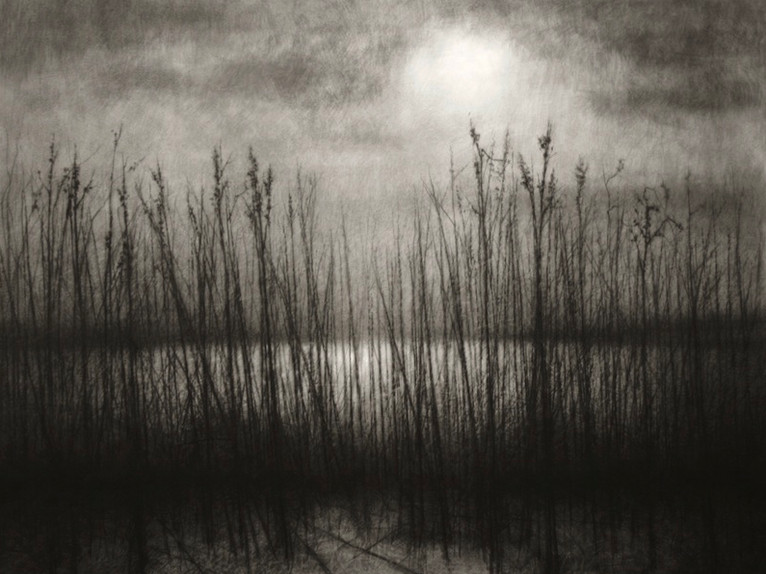
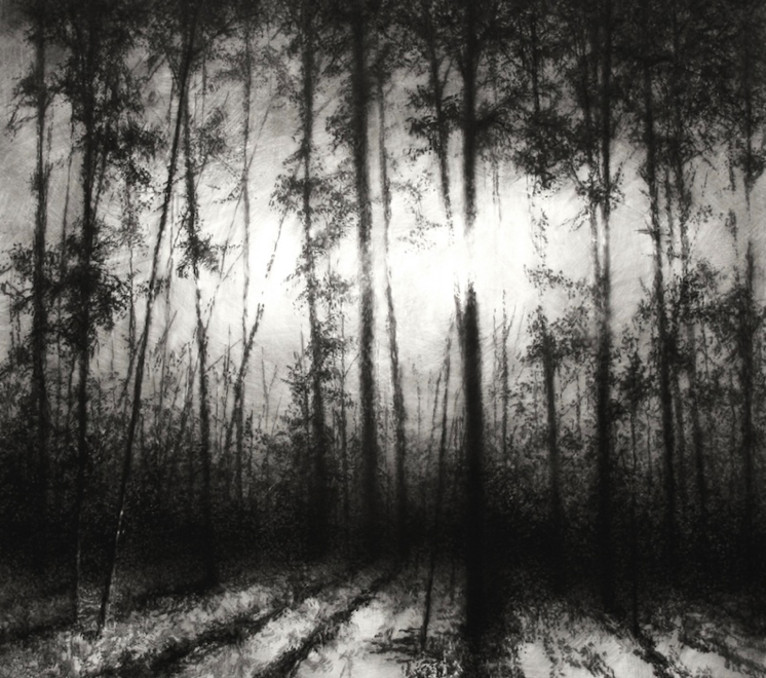
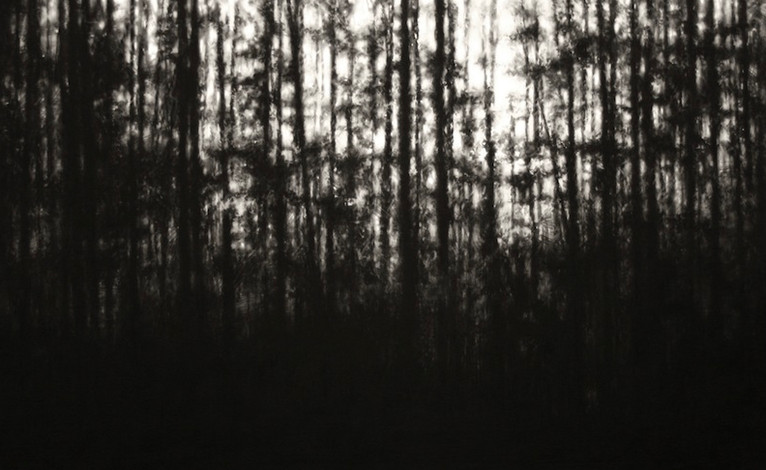 Danja Akulin
Danja Akulin
Penumbra
Erarta Galleries London
15 June – 14 July 2012


